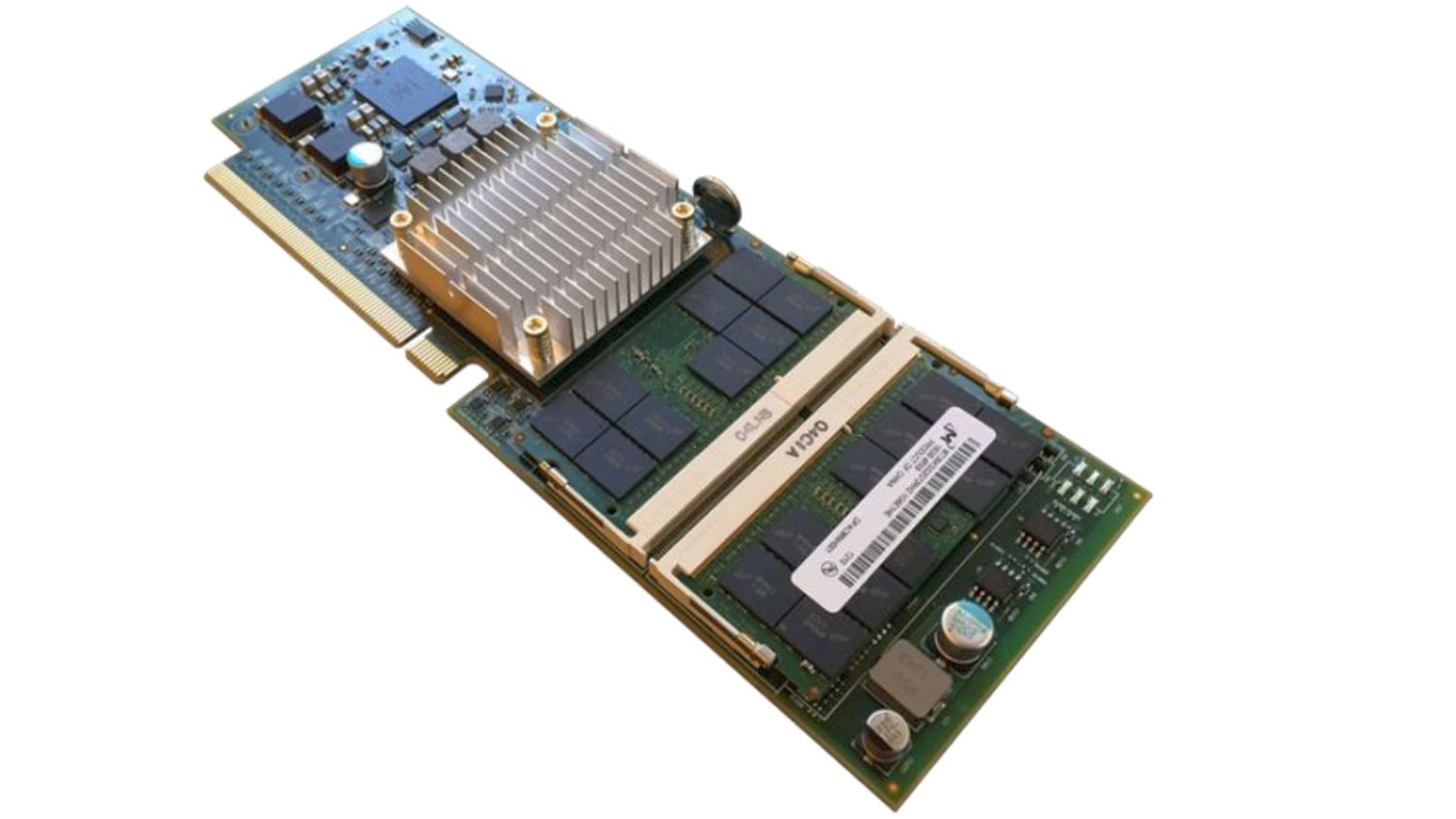More details emerge about ARM-based AMD Opteron A1100 processor series
All eyes on Seattle

TechRadar Pro met with Suresh Gopalakrishnan and Ian Drew last week during an ARM/AMD briefing in London; Suresh is Corporate VP and GM of AMD's Server BU while Ian is ARM's CMO. The joint event symbolised the strong relationship between the two companies.
The global annonuncement of AMD's first ARM-based server SoC (system-on-chip), otherwise known as the Opteron A1100, happened end of January 2014 with Suresh confirming that the first samples would be shipped by end of March 2014 with full production happening by the end of the year.
Née "Seattle", this part, which is part of the top-bin (i.e. the fastest parts from a particular batch) is built around eight 64-bit ARM Cortex-A57 cores clocked at 2GHz and fabbed at 28nm. Other useful titbits include a TDP of 20W, 4MB L2 cache and 8MB shared L3 cache.
A well-connected SOC
Additional onchip features an intriguing additional Cortex-A5 system control processor plus an unidentified crypto/compression coprocessor, a DDR3/DDR4 memory controller and a raft of connection options (10GbE, SATA 3, PCIe Gen 3, I2C, UART) (but no support for Freedom Fabric).
Gopalakrishnan also confirmed to TechRadar Pro that more SKUs will be released in due time including one with four cores and/or running at slower speeds.
What's surprising is the size of the board housing these, slightly larger than a phablet according to AMD's Corporate VP.
Up to 12 of these boards, based on AMD's Open CS-A platform, can be fitted in a 1U rack, which means up to 504 in a common 42U full height rack (that's 4032 cores) with up to 32GB of RAM (max 128GB) and 8 SATA ports per board.
Are you a pro? Subscribe to our newsletter
Sign up to the TechRadar Pro newsletter to get all the top news, opinion, features and guidance your business needs to succeed!
AMD declined to give details about the exact performance of the parts although experts put the estimated SPECint_rate figures at 80 (or 10 per core), that's up to 4x the performance of the x86-based Opteron X-series parts.
ARM's Ian Drew also added that most data centres are I/O constrained rather than performance constrained, a scenario that called for more targeted processors rather than the hitherto one-size-fits-all paradigm.
ARM ready to take on x86 in servers
He explained that the three reasons why ARM is now coming to data centres are tied to the rise of data, big and small, a wider industry support (from manufacturers and ODMs/OEMs) plus a massive improvement in efficiency.
ARM-based servers are expected to account for 25 per cent of the market by volume by 2019 according to Gopalakrishnan, a very conservative number that underlines AMD's reluctance to drum up its ambitions for ARM.
A development kit for the Opteron A1100 will also be available to select developers; it's a fairly bland-looking microATX motherboard that supports a standard PSU but ladden with useful applications.
Expect AMD's first ARM product to be readily available by year's end in the likes AMD's Seamicro servers as well as Boston's and HP's Moonshot range.
- Check out our interview of Dennis Laudick, video president of partner marketing at ARM, about ARM's recent acquisition of Geomerics.

Désiré has been musing and writing about technology during a career spanning four decades. He dabbled in website builders and web hosting when DHTML and frames were in vogue and started narrating about the impact of technology on society just before the start of the Y2K hysteria at the turn of the last millennium.